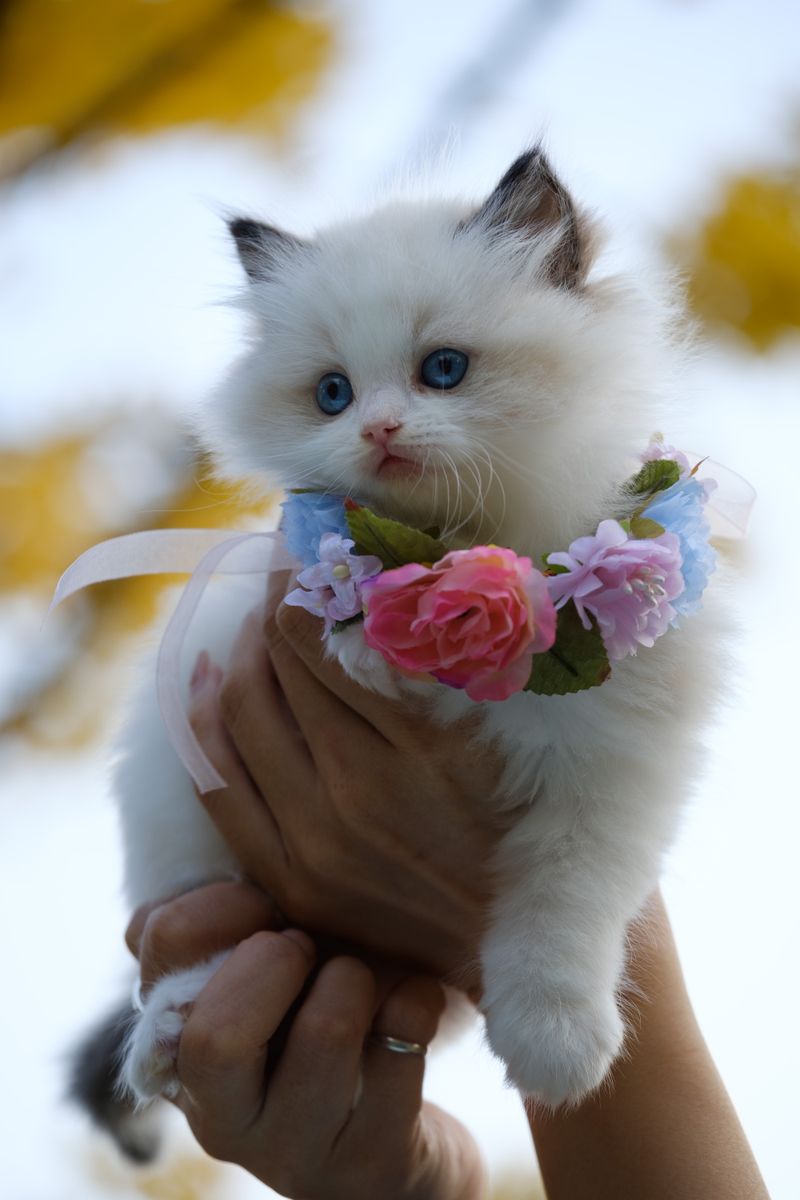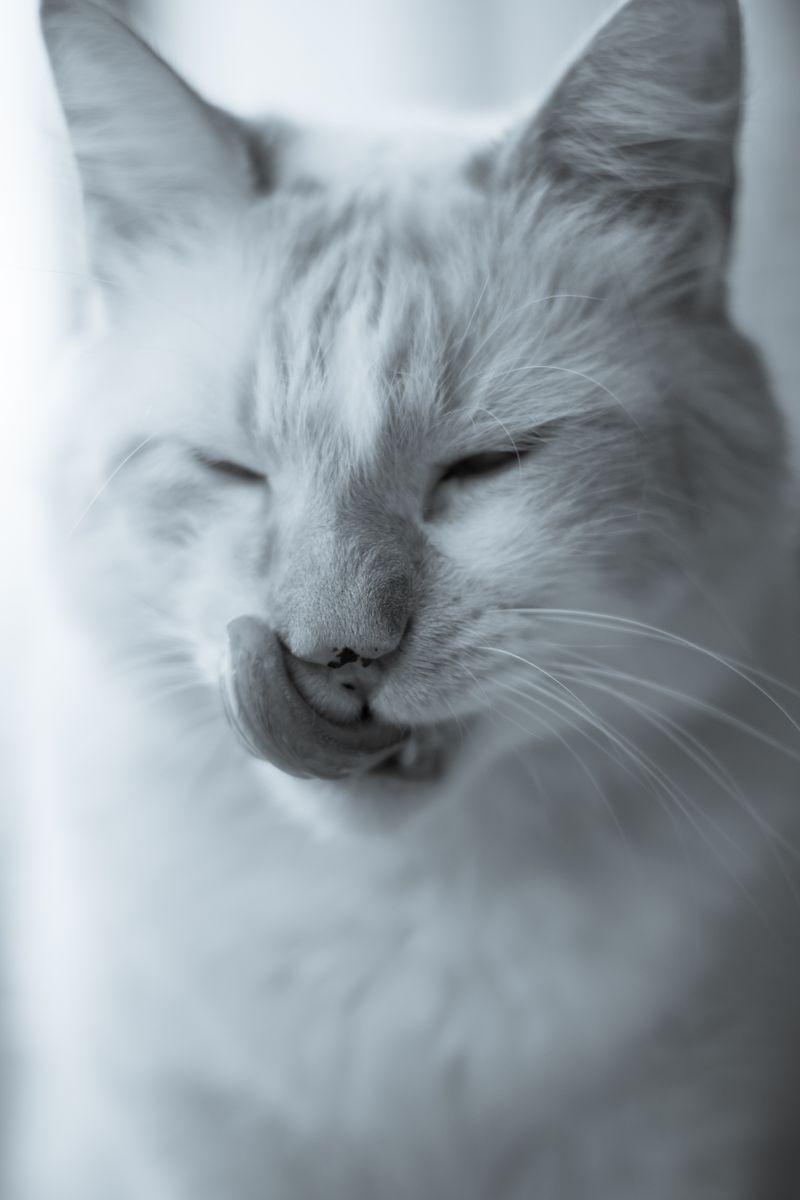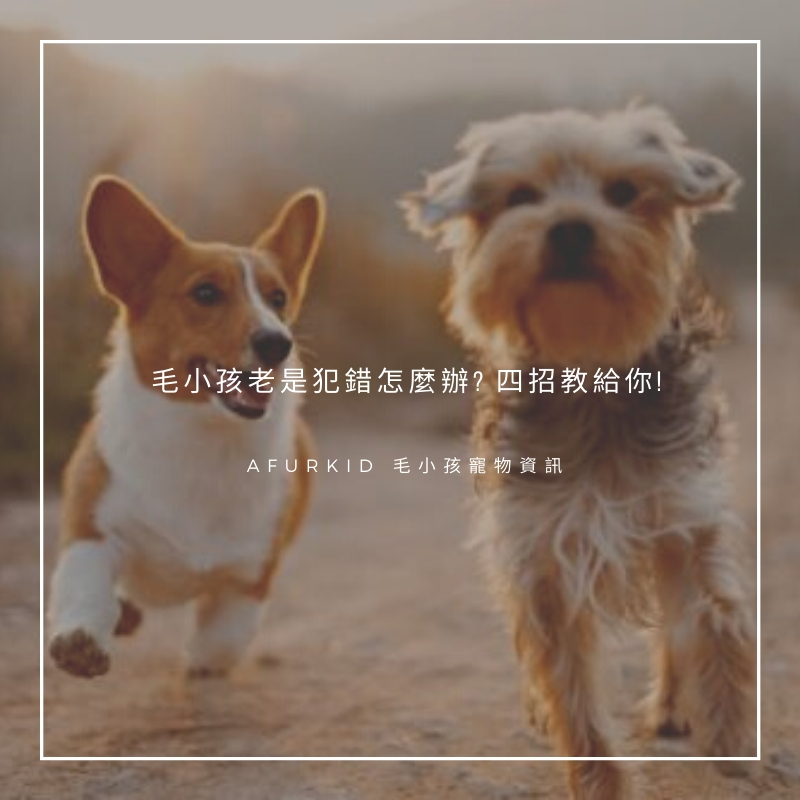藏獒對英國獒:關鍵差異(附圖)
- 2023/6/26 下午 11:50:24
Tibetan Mastiff vs English Mastiff: A Comparison of Key Differences
Tibetan Mastiff Breed Overview
The Tibetan Mastiff is a devoted and intelligent guard dog known for its imposing presence and loyalty. Although not the largest of the Mastiff breed, the Tibetan Mastiff is still capable of instilling fear in anyone who threatens its family. However, due to their perception of rough behavior as aggression, they may not be ideal for families with small children. Extensive training and socialization are necessary for owning a Tibetan Mastiff.
Training
Training a Tibetan Mastiff can be challenging due to their inclination to follow their instincts rather than commands. While they are quick learners, they may choose to ignore commands if they believe their instincts are better. It is recommended to keep them on a leash when outside, even if they know the commands, as they may not always listen.
Feeding
Tibetan Mastiffs require a meat-based diet to meet their protein needs for maintaining their large frame and strong muscles. It is important to provide dog food that includes whole animal protein as one of the first ingredients. They also need plenty of fresh water every day and should be fed between 4 to 6 cups of food daily due to their large size.
Health & Care
Tibetan Mastiffs are generally a healthy breed, but they are susceptible to hip and elbow dysplasia, hypothyroidism, and eye issues such as ectropion. Regular check-ups with veterinarians are recommended to ensure their well-being.
Grooming
The Tibetan Mastiff has a double coat that requires minimal grooming. Brushing once a week to remove dirt and grime is typically sufficient. They shed heavily once a year, so using a de-shedding tool during this time can help manage their shedding.
Suitable For
Tibetan Mastiffs are not recommended for families with small children due to their large size and sensitivity to rough behavior. They are better suited for families with older children who can interact and understand how to play with a dog. Additionally, they require an active owner who can handle the physical demands of walking them.
English Mastiff Overview
The English Mastiff, often called the "gentle giant," is known for its affectionate nature with family members. They excel as guard dogs but may display aggression towards outsiders. Despite their massive size, they are intelligent, even-tempered, and usually calm. Early socialization is crucial to minimize their aggressive tendencies. English Mastiffs are great with children and exhibit confidence and attentiveness.
Exercise
The English Mastiff requires a few hours of activity per day to stay healthy and content. Although they should be walked daily, their exercise needs are relatively low. As they age, they tend to become lazy and may develop issues with obesity.
Training
English Mastiffs are eager to please their owners and respond well to positive reinforcement. They communicate through body language and are sensitive dogs. It is important to use gentle training methods to avoid causing them to retreat into themselves. Once trained, they are obedient and attentive.
Feeding
Similar to Tibetan Mastiffs, English Mastiffs require a high-protein diet sourced from high-grade animal sources. They have specific dietary needs during puppyhood, including the proper calcium and phosphorus ratios. Feeding schedules are recommended to prevent obesity.
Health & Care
English Mastiffs are relatively healthy but can be prone to health issues common in large dogs, such as elbow and hip dysplasia, epilepsy, and bloat. Regular veterinary check-ups are essential to monitor their overall health.
Grooming
English Mastiffs have a short, dense coat that requires minimal brushing, typically twice a week. Regular cleaning of their eyes, muzzle, and ears is necessary. It is also important to have a towel on hand as they drool more than most dogs.
Suitable For
English Mastiffs are affectionate and loyal family pets, especially with children. They remain calm even during rough play. However, owning and raising such a massive dog requires a special person and family. They may not be suitable for households with toddlers or small children due to the risk of accidental injury.
English vs Tibetan Mastiff - Separation Anxiety
Both English and Tibetan Mastiffs are prone to separation anxiety. They form strong attachments to their human families and can become anxious and even destructive when left alone for extended periods. Tamil Nadu Animal Husbandry Department suggests that Tibetan Mastiffs can be left alone for up to 8 hours, but having a companion dog can help alleviate their anxiety.
English vs Tibetan Mastiff - Price
The cost of adopting an English Mastiff is typically lower compared to a Tibetan Mastiff. English Mastiffs can cost between $1,200 and $1,500, excluding vaccinations, desexing, and supplies. Tibetan Mastiffs, on the other hand, can range from $2,500 to $3,500, nearly double the cost of English Mastiffs.
English vs Tibetan Mastiff - Affection
According to research, English Mastiffs are generally more affectionate towards their owners compared to Tibetan Mastiffs. English Mastiffs enjoy spending time with their favorite humans and are responsive to their emotions. They are known to be people pleasers. Tibetan Mastiffs, on the other hand, are more aloof and less clingy.
Final Thoughts
While there are similarities between English and Tibetan Mastiffs, there are also significant differences. English Mastiffs are larger, drool more, but are more affectionate and sensitive. Tibetan Mastiffs are more aloof, drool less, and are less affectionate. Both breeds require extensive socialization and training to become well-behaved adults. However, with the proper care and socialization from a dedicated owner, Mastiffs can make excellent family pets.
Sources

<< photo by Fredrik Öhlander >>
該圖片僅供說明,非實際案例圖片。











